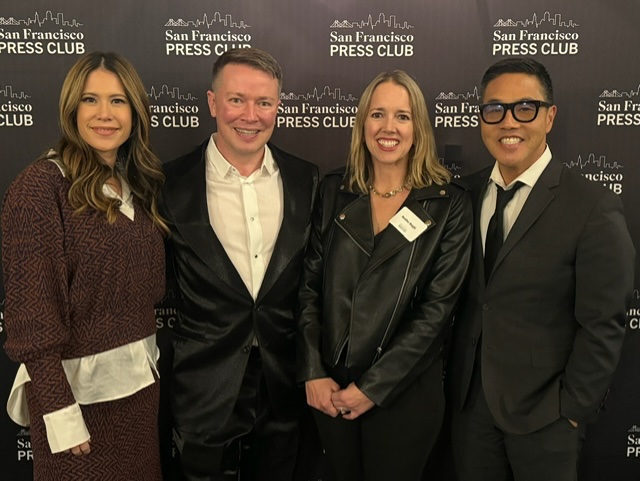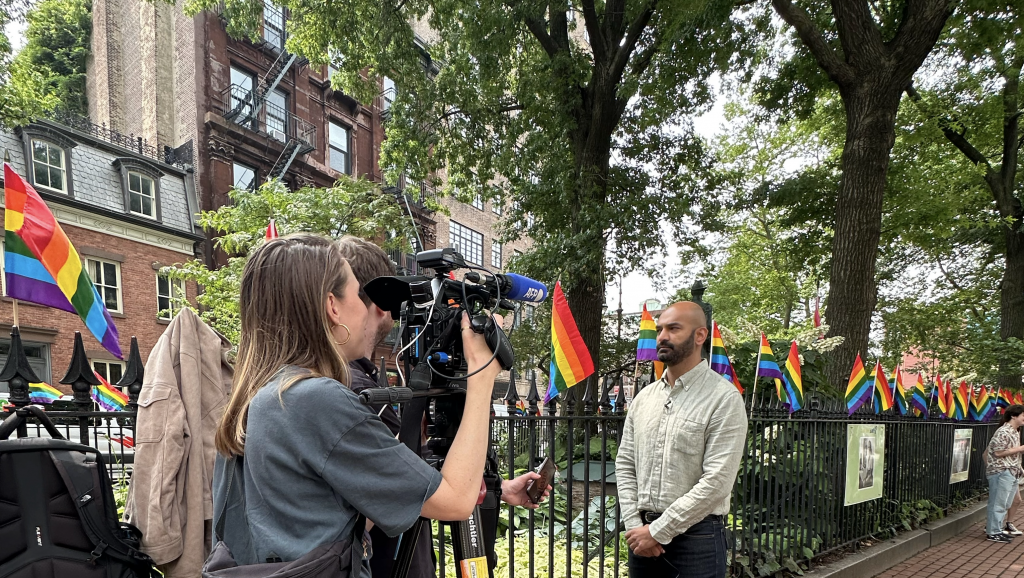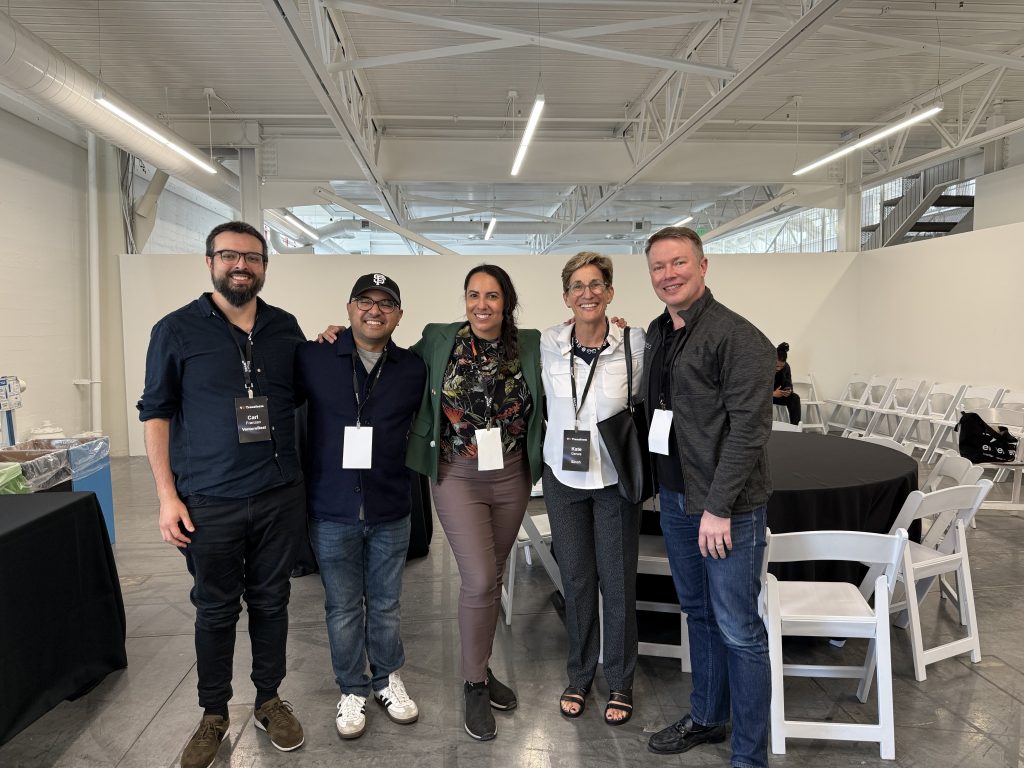The 1981 book, Getting to Yes: Negotiating Agreement Without Giving In by Roger Fisher and William L. Ury, has become a business bible. The premise is that despite perceived differences, there is a path to yes. This path leads to a place where both sides feel they got their terms and conditions without caving in. But what happens when the best course of action is to say no? Can this be done without hurting feelings, stifling creativity, or breaking trusted relationships?
The answer is yes!
The ability to say no without saying the word no – and doing so without adversely impacting client relationships – is a skill that PR professionals learn early and rely upon regularly.
A big part of PR’s value is helping clients execute on actionable “yes items.” But sometimes PR people also need to employ the language, timing, tone, and situational awareness to say no – and to say it without short-circuiting projects and irreparably damaging trust.
Bospar recently invited internationally recognized PR pro Robin Beaman to speak at our all-hands meeting. The founder and president of Beaman, Inc. shared these valuable insights on how to tactfully handle client requests that could detract from achieving defined success objectives. “It’s not what you say,” Beaman explained, “it’s how you say it and when you say it.”
Reflecting on her time as Oprah Winfrey’s PR adviser, Beaman noted, “My job, literally, was to be able to say no to people in a way that would cause them to actually thank me.”
Getting a thank you is a terrific objective. To achieve that objective, start out by making the other party feel you listened to them and took their input or request seriously.
Be complimentary. Leave the door open. But understand that you can do all of that without implementing their recommendation or granting their request. The key is to be diplomatic.
This is especially important when clients need a nudge to advance their own best interests.
Here are a couple of examples of diplomatic language that anyone can use:
- “Great solution, how about fleshing it out?”
- “Can we put together a team to examine this more closely?”
Highlighting the need to stick with the project’s pre-determined performance objectives is another great way to say no nicely and thereby stay on track without ruffling feathers.
When providing input, people are often simply attempting to make a program or campaign better. Show that you’re listening and that you truly care to maintain trust with those who have put their trust in you.
But also remember that knowing how to say no without saying no is a skill worth perfecting.



